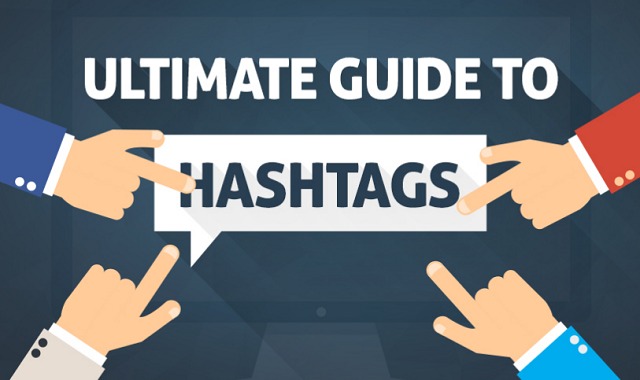
A few years ago you probably did not even pay attention to the hashtag symbol (#) at the standard keyboard it shares place with the figure 3. However, after the rise of social networks, the hashtag is everywhere, even on Facebook where there is no practical function, but might soon have.
As it is known, hashtag is the most used on Twitter, and is used for labeling and grouping related messages to a particular topic, or putting them in a certain context. So, if someone posts a tweet with the hashtag #epic (which wants to put the emphasis on something extraordinary and worthy of attention), clicking on it will list you also other latest tweets with the same hashtag.
Although it appeared in the time of an online chat service, hashtag was popularized precisely by twitter users, and for the first time on the social network it was used in 2007. Twitter is later linked the hashtag search results and involved them in the trending topics, or a list of topics that are currently most discussed.
Options of using hashtag are numerous, regardless of do you tweet private or professional. For example, if you are a company that organizes a conference or event, creating a unique hashtag for this event will allow users to more easily keep information about it, and they will very likely in a conversation on the subject begin to use the same hashtag.
It is also very rewarding means of journalists to monitor specific global or local events, whether it is about the protests in a country or the Oscars. Hashtag can take and fun character, and Twitter users use it to mark inside jokes and discussions that ‘gets’ only a narrow circle of people.
Although is not of much philosophy about creating a hashtag, you should keep an eye on a few things:
- Hashtag should be short and should not exceed 20 characters (and by then it is too long); long hashtag limiting the number of characters in a tweet, thus limiting and other users who want to use the same hashtag.
- Do not use more than two or three hashtags per tweet; otherwise tweet acts like spam and ultimately looks ugly and complicated.
- When using the hashtag, which consists of several words, they must be connected, and it is recommended capitalization for each new word, for example #GreatDay is better than #greatday.
- If you need a unique hashtag, or a word that will mean something very specific, be sure to check whether there is already the same. You certainly don’t want to use the term for your event or campaign that is already in use by someone else.
- Do not use the hashtag for conversation and tweets out of context in which it refers to the same hashtag. When using the hashtag for professional purposes, or for a specific campaign or event, plan it well, because its changes over the duration of the event can be very bad decision.
- If possible, include a hashtag in the very sentence to save space. For example: #Oscars this year did not bring too big surprises.
- Hashtag is used also on other social networks, such as Instagram and Tumblr, and for some reason began to appear on Facebook, although in this case is not usable. However, soon this could change. Mark Zuckerberg reportedly planning to introduce functionality of hashtag – In order to post on Facebook could easily crawled by using the new tool for search, Graph Search.
Below you can check the ultimate guide to hashtags infographic:














